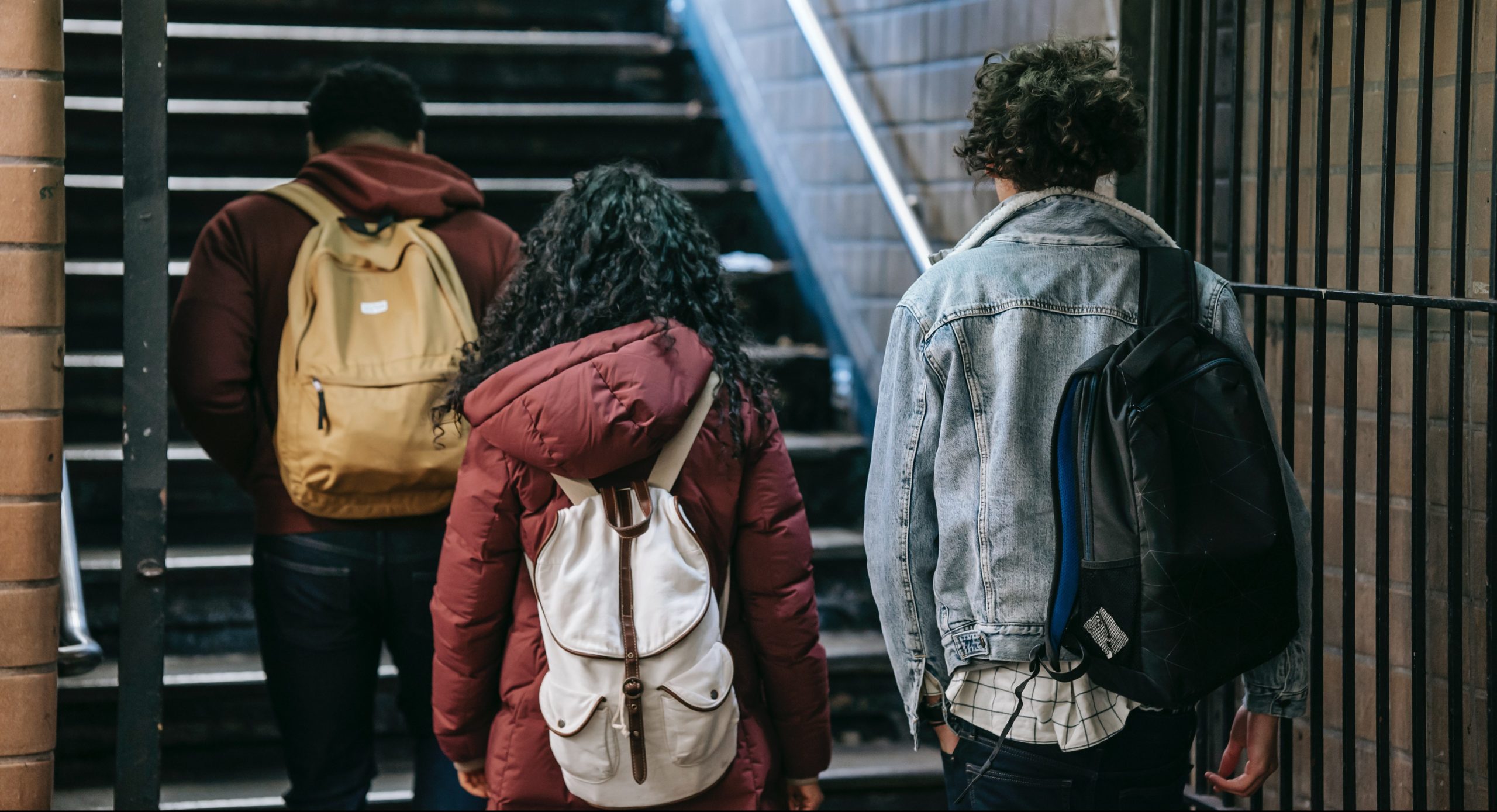5 Ways to Support Student Mental Health
Prioritizing Mental Health in School Reopenings.

A parent we recently heard from in a focus group described what her child experienced over the last school year as a “tsunami of trauma.” The potential impact is real. During the pandemic, more kids and young adults went to the emergency room for mental-health related crises, and more students sought mental health resources from their schools. It’s just one of the many reasons we created the XQ Yearbook that’s raising money for student mental health.
For teachers who want to be there for their students, preparing to respond to this mental health crisis is a big task. As Sharon Hoover, co-director of the National Center for School Mental Health, explains, “This really should be a core part of your curriculum … teaching kids how to obtain and sustain positive mental health, understand mental illness, and how to seek help if they need it.”
The mental strain of the pandemic impacted almost all students, but that doesn’t mean the impact was equivalent. Education Week’s special report explores the relationship between COVID-19 and student mental health.
Why It Matters: We’ll learn new information about how the pandemic affected the mental health of high schoolers for years to come. For now, hearing a broad range of experiences from students and educators is a good way to ground yourself, and consider what resonates for your school and your students. Explore topics like:
- The impact of the pandemic on LGBTQ+ students
- A Q&A with students of color focused on mental health during the pandemic
- An overview of the data so far on mental health and the pandemic
Extra Credit: When a School Restarts but Students Can’t
Supporting students’ mental well-being is a communal project, and teachers play an especially important role in making sure students are seen and cared for by adults in their lives.
Why It Matters: Teachers are uniquely positioned to pay attention to how students are doing and intervene when they need help. You don’t have to be a mental health expert to make an impact—you can do a lot for your students by being available, attentive, and prepared. Brookings Institute offers several strategies for educators to monitor and respond to their students’ mental health, including:
- Knowing the warning signs of distress, and using resources like risk-assessment tools to gauge student needs
- Connecting students with mental health resources, both in and outside of the school community
- Structuring class time to build social connection
Extra Credit: Student mental health during and after COVID-19: How can schools identify youth who need support?
Studies parsing the impact of the pandemic on student mental health are still ongoing, but one thing is very clear: through their struggles, students have also shown remarkable resilience.
Why It Matters: Even as we recognize that student mental health has suffered during the pandemic, don’t lose sight of the incredible ways students have endured—how they have supported their families and communities, how they have adapted to new ways of learning, and those students whose mental health has stayed constant, or even improved, during the pandemic. You can help students build on this resilience by:
- Focusing on and celebrating coping strategies students have developed for themselves
- Involving students in work that serves their communities
- Facilitating opportunities for peer-to-peer support
Extra Credit: Counselors Couldn’t Keep Up With Our Growing Mental Health Crisis, So Peers Stepped Up
Whether they’ve seen their grades drop, missed out on a crucial sports season, or lost important relationships, the pandemic drastically changed what many students thought their high school experience would be—and, more broadly, how they think of themselves. You can respond by creating a classroom that embraces your students just as they are.
Why It Matters: One of the most powerful ways to support students’ mental health is to foster a sense of belonging—accepting, celebrating, and including your students’ fullest selves. You can create this sense of belonging by:
- Redefining success based on students’ own values
- Grounding class discussion in an awareness of structural inequities
- Educating yourself on trauma-informed practices
Extra Credit: Teenagers Are Struggling, and It’s Not Just Lockdown
Due to marginalization and structural racism, Black students are simultaneously at an increased risk of suffering from mental health crises, and less likely to access the support they need. We have to acknowledge the disproportionate barriers Black students face in order to make sure these students get the resources they deserve.
Why It Matters: It’s up to school communities to disrupt the patterns that have kept Black students from accessing the mental health resources they need. We can use the renewed focus on mental health in the wake of COVID-19 as an opportunity to build structures of support that are explicitly anti-racist. You can do this by:
- Incorporating culturally responsive social and emotional learning curricula
- Partnering with organizations outside of school to offer a robust system of support
- Checking your own implicit bias when interpreting student behaviors
Extra Credit: What Are Restorative Justice Circles, and When Can They be Utilized?
Our Stress Management helps students learn about stress, its impact on their physical and mental health, and how to cope with it. If you know any students who are interested, encourage them to sign up now!









